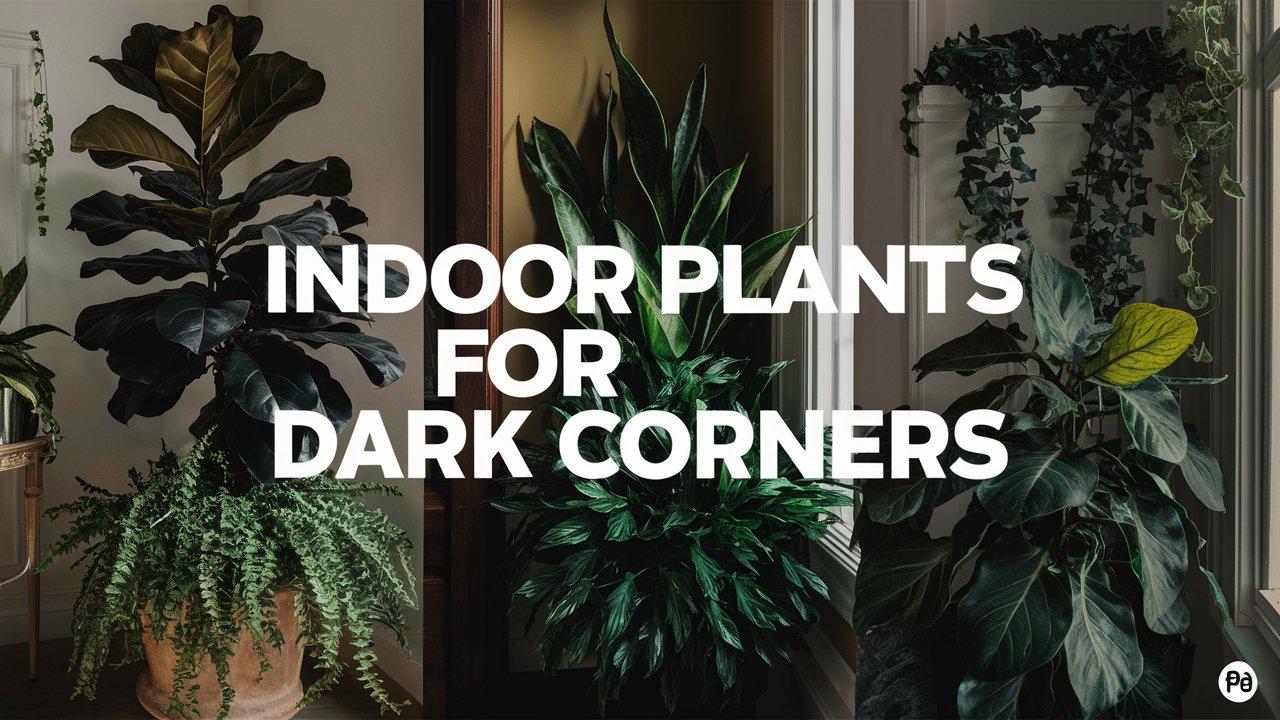Dark corners in your home shouldn’t feel empty or neglected. Instead, they can become delightful sanctuaries through the addition of lush, shade-tolerant plants. Below, we present a unique selection of indoor plants that thrive in low light, adding vibrancy and life to those often-forgotten areas.
ZZ Plant (Zamioculcas zamiifolia)
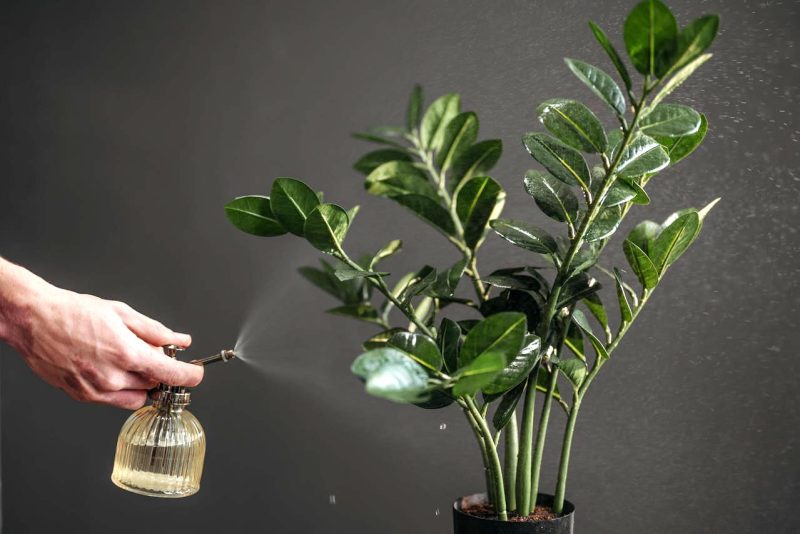
The ZZ plant is a favorite among plant enthusiasts for its glossy, dark green leaves that can thrive with minimal light and care. Its unique, waxy foliage not only looks appealing but also makes it remarkably drought-resistant. Place it in a shaded corner, and it will continue to grow, bringing a touch of elegance to your space.
Snake Plant (Sansevieria trifasciata)
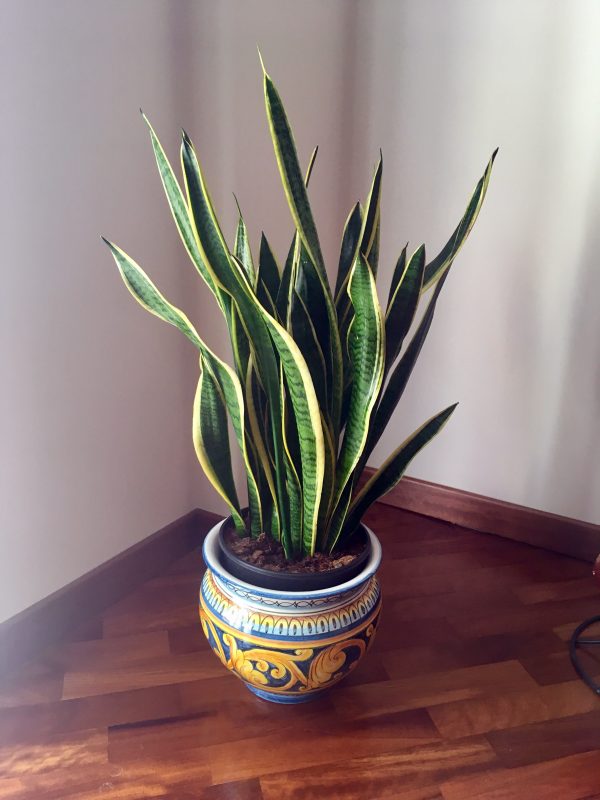
Known for its striking upright leaves, the Snake Plant is extremely forgiving. This hardy plant can survive on very little light and doesn’t require frequent watering, making it perfect for dark corners. Additionally, it has air-purifying properties, helping to improve indoor air quality while adding a stylish element to your decor.
Pothos (Epipremnum aureum)
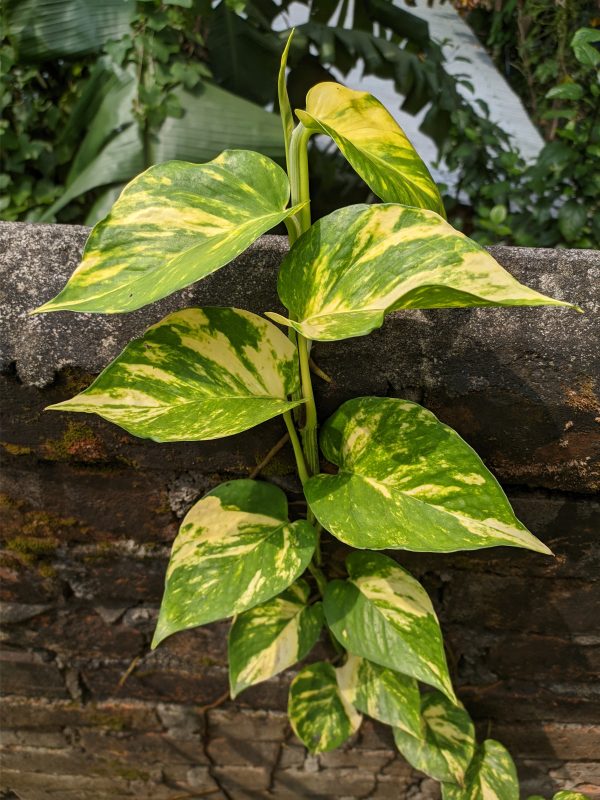
Pothos is a versatile vine that can adapt to a range of lighting conditions, including low light. Its heart-shaped leaves come in various shades of green, gold, and variegated patterns, allowing for personalized aesthetic choices. Hang it or let it trail down from shelves in a dark corner to create a vivid, cascading effect that brings life to your space.
Cast Iron Plant (Aspidistra elatior)
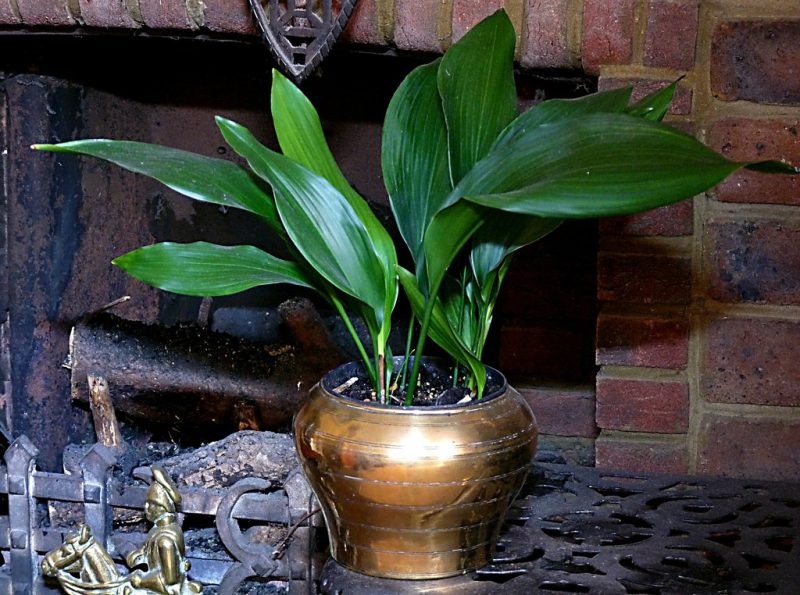
As its name suggests, the Cast Iron Plant boasts a resilience that can withstand neglect and low light. With its long, dark green leaves, it adds a touch of elegance to any room. This plant is perfect for those busy individuals who seek a beautiful yet low-maintenance addition to their indoor space.
Spider Plant (Chlorophytum comosum)
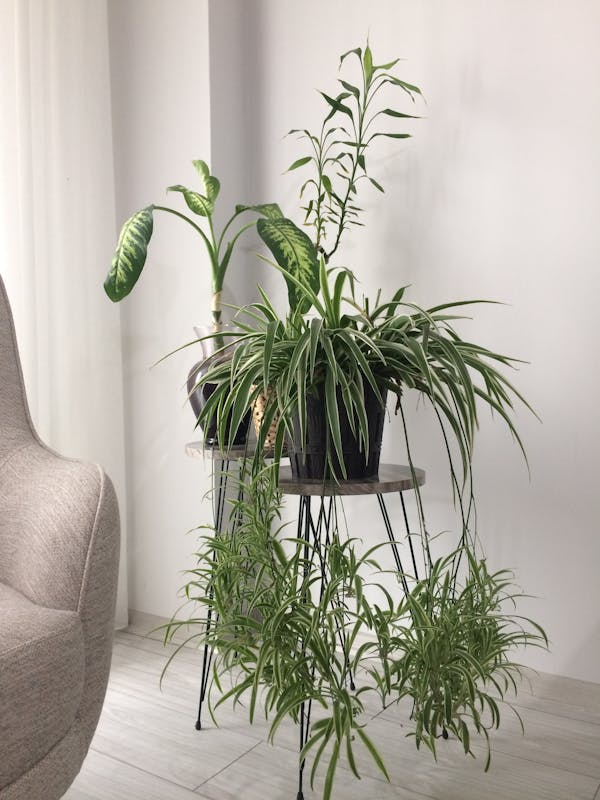
The Spider Plant is renowned for its arching green leaves and baby plantlets that dangle down like spiders on a web. Thriving in indirect light and even some darker conditions, it’s a great choice for those dim corners. Plus, its air-purifying qualities make it a beneficial addition to any home.
Chinese Evergreen (Aglaonema)

Chinese Evergreens are highly regarded for their colorful foliage and adaptability to various lighting situations. Some varieties showcase beautiful patterns of silver, green, and even red. This low-maintenance plant can flourish in low light, quickly becoming a stunning focal point in your indoor decor.
Peace Lily (Spathiphyllum)
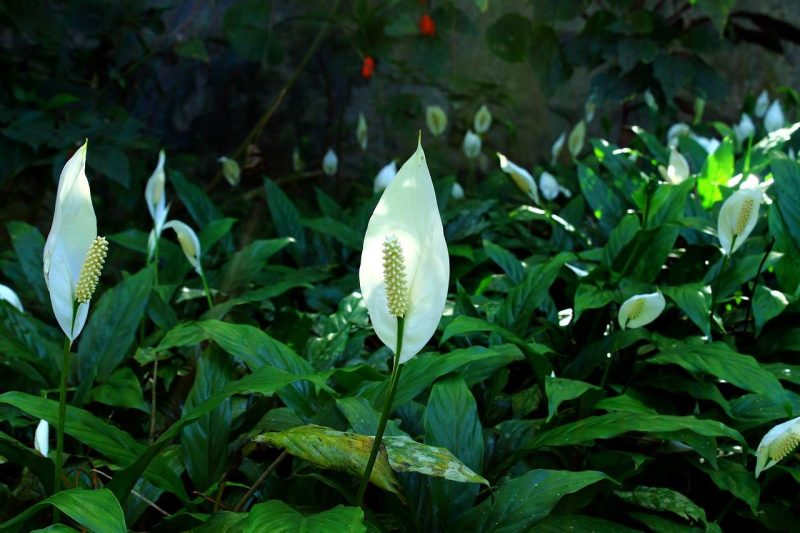
With its elegant white flowers and lush green leaves, the Peace Lily is a top choice for low-light environments. It thrives in shaded corners and is known for its air-purifying abilities. Plus, caring for a Peace Lily is simple; it only needs occasional watering and a humid environment, making it ideal for a living space lacking sunlight.
Dracaena Janet Craig (Dracaena deremensis)

The Dracaena Janet Craig is appreciated for its striking dark green leaves that band together for a bold aesthetic. This plant does well in low light and can grow tall, making it an excellent choice for filling vertical space in a dark corner. Regular watering and a bit of dusting will keep it looking its best.
Parlor Palm (Chamaedorea elegans)
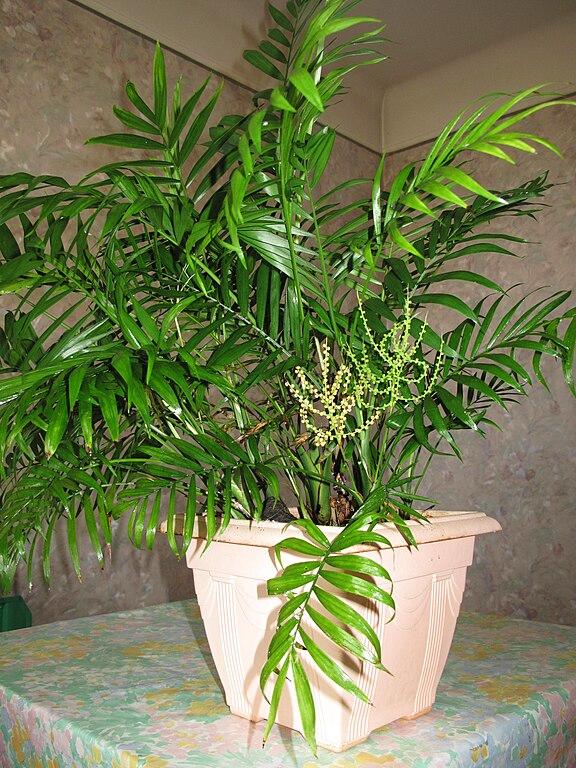
The Parlor Palm adds a tropical feel to your indoor space without needing a lot of sunlight. Its feathery fronds grow in an elegant manner and can brighten up darker corners with a lively yet subtle touch. The Parlor Palm prefers humidity, so it thrives well in homes with average indoor conditions.
Rubber Plant (Ficus elastica)
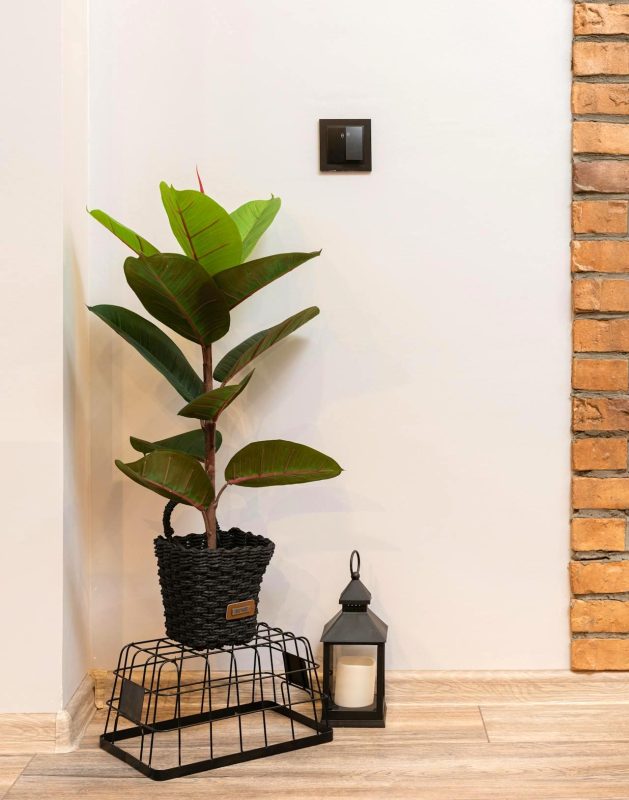
Rubber plants can thrive in low light while exhibiting stunning, deep green leaves. Their size and form can create a statement piece in your room, especially when positioned in a ceramic pot. With minimal watering needs, they’re an ideal choice for those seeking a robust plant for darker areas.
ZZ Plant ‘Raven’ (Zamioculcas zamiifolia ‘Raven’)
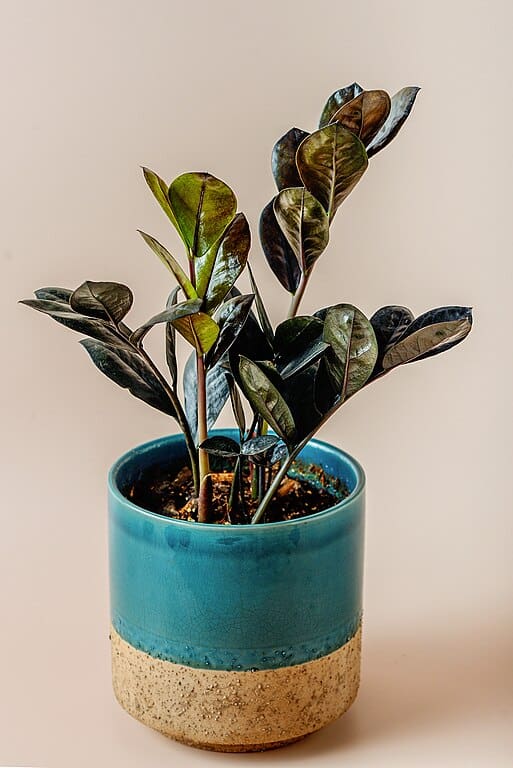
An intriguing variation of the classic ZZ plant, the ‘Raven’ cultivar features dark purple-black foliage that becomes increasingly glossy as it matures. This unique look makes it a fantastic addition to shadowy nooks, and just like its predecessor, it requires minimal care and sustains well in low light.
Night-blooming Jasmine (Cestrum nocturnum)
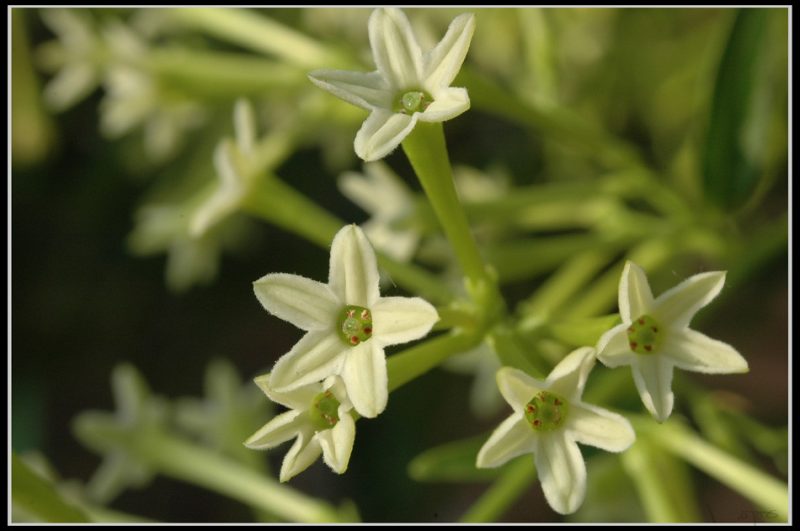
While not a traditional houseplant, Night-blooming Jasmine can thrive in less light and produces fragrant flowers that open during the night. Its sweet scent can transform any dark corner into a fragrant oasis, making it an enticing choice for individuals who love beautiful fragrances.
Boston Fern (Nephrolepis exaltata)
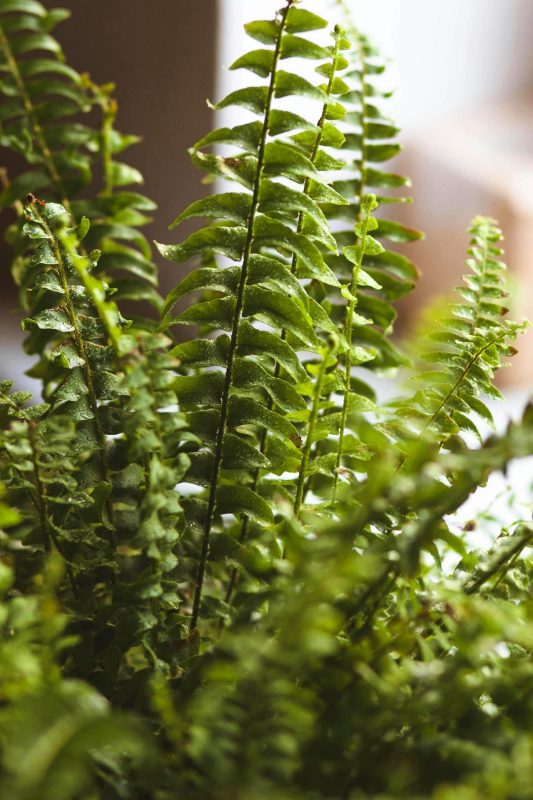
The Boston Fern is one of the few ferns that tolerate lower light conditions, making it an excellent choice for shaded areas. Its lush, feathery fronds create a lush aesthetic that is perfect for bringing vitality into darker corners. This plant thrives in high humidity, so it makes a lovely addition to bathrooms or kitchens where it can enjoy the extra moisture.
Philodendron ‘Heartleaf’ (Philodendron hederaceum)
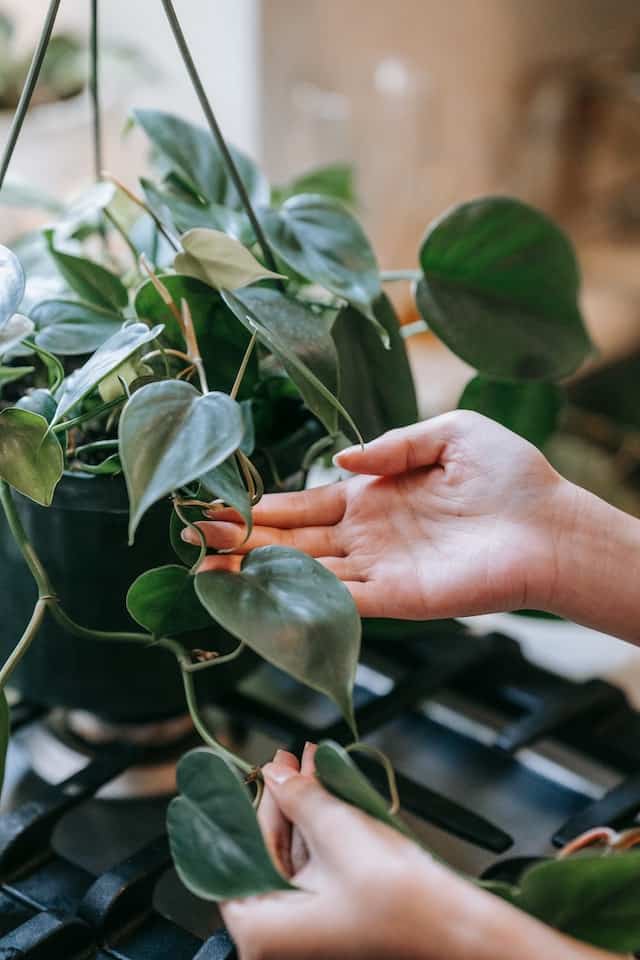
The Heartleaf Philodendron is a classic choice for those looking for low-light indoor plants. Its trailing vines and heart-shaped leaves are incredibly charming and can add a friendly touch to any corner of your home. This plant is also very adaptive, making it perfect for spaces with irregular lighting. Simply water it when the soil dries out, and it will flourish in your care.
Calathea (Calathea spp.)
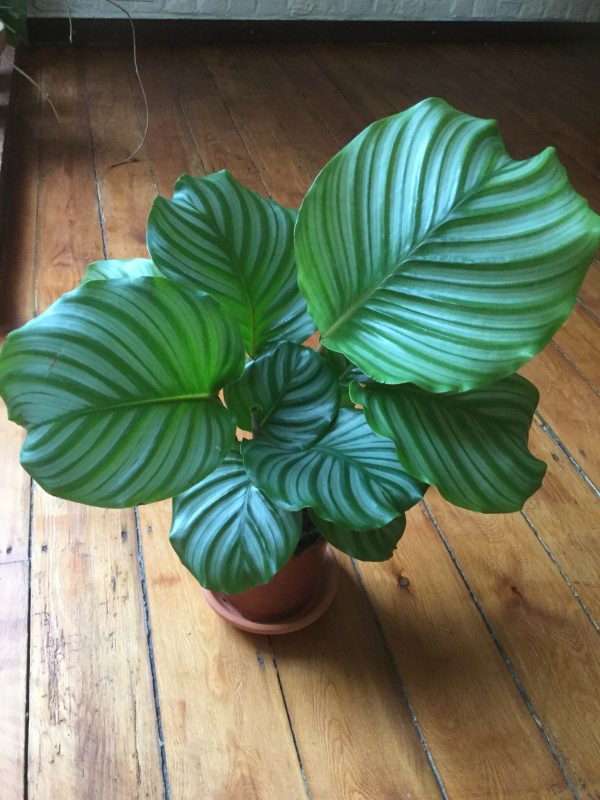
Calatheas are celebrated for their beautifully patterned leaves that range from striking stripes to unique shapes. They thrive in low light and prefer humid conditions, making them ideal for interiors with less natural light. Calatheas like to be kept moist, so keeping them in a dark corner near a humidifier can create a vibrant, lush atmosphere.
Croton (Codiaeum variegatum)
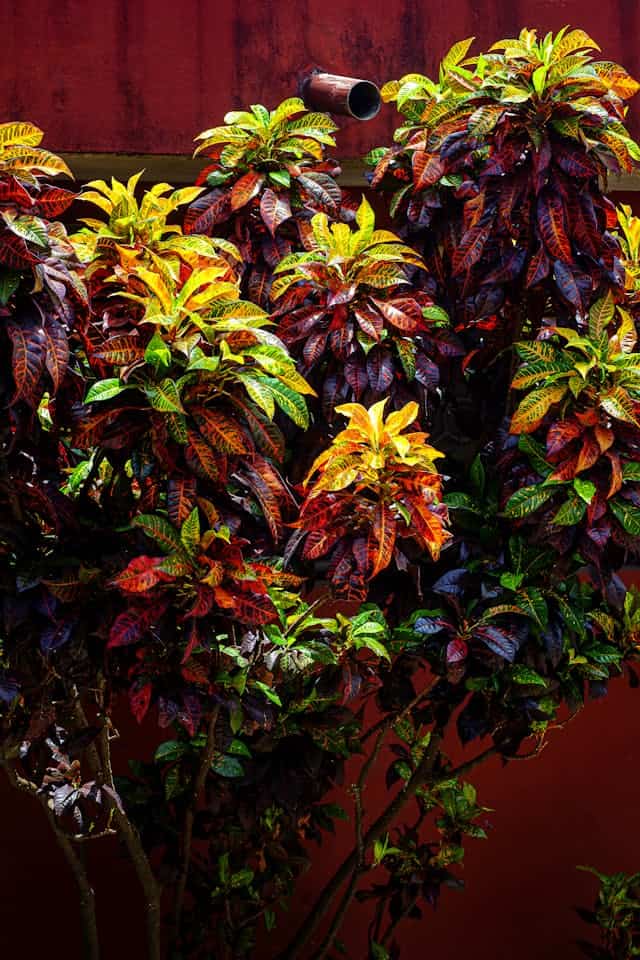
If you want to inject some color into a dark corner, consider the Croton plant. With its vividly variegated leaves in shades of green, yellow, red, and orange, it can brighten up dim spaces even with low light. While it prefers bright indirect light, it can tolerate partial shade, making it adaptable enough to be a striking centerpiece in darker areas.
Aluminum Plant (Pilea cadierei)

The Aluminum Plant showcases textured leaves with silver markings that resemble brushed aluminum. This unique foliage can add a creative flair to your indoor garden. Not only does it thrive in low light, but it also prefers high humidity, making it an excellent choice for kitchens, bathrooms, or other moderate settings in your home.
Maidenhair Fern (Adiantum)
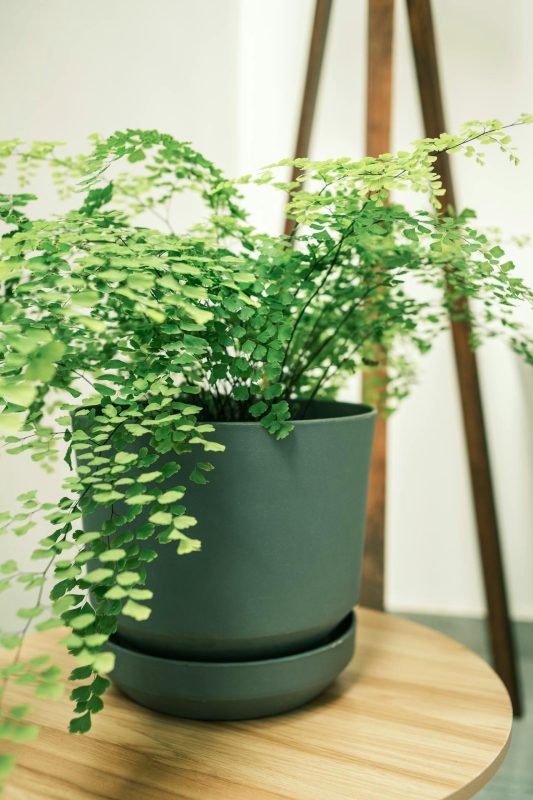
The delicate Maidenhair Fern is a beautiful addition to any indoor garden, even in low light. Its lacy fronds will soften the edges of darker corners, creating a gentle ambiance. This fern prefers humidity and slightly moist soil, so consider placing it in a spot where it can absorb some humidity to thrive.
Fishbone Cactus (Epiphyllum anguliger)
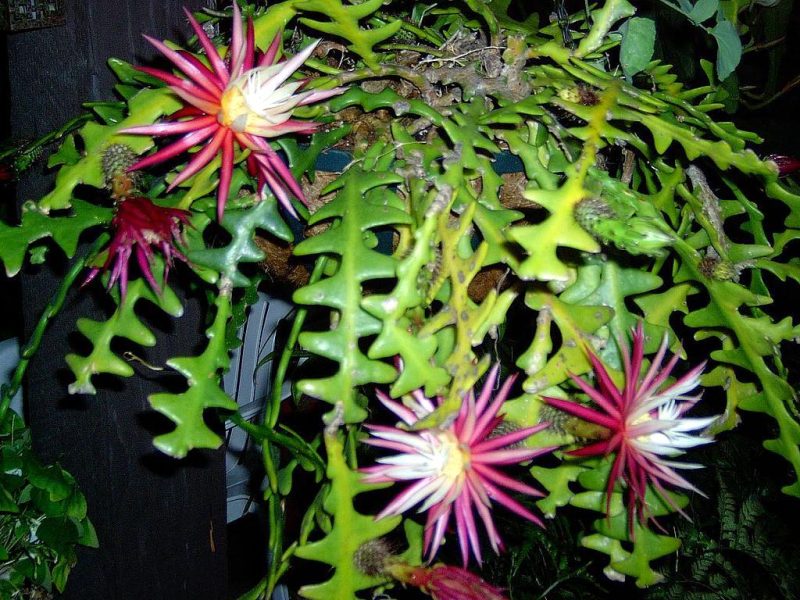
With its unique zigzag stems, the Fishbone Cactus is a quirky and fun plant that can thrive in low-light situations. It is a succulent that enjoys indirect light and can produce beautiful blooms, adding character to your shadowy spots. Keep the soil slightly dry between waterings to ensure its health and vibrancy.
Nerve Plant (Fittonia albivenis)
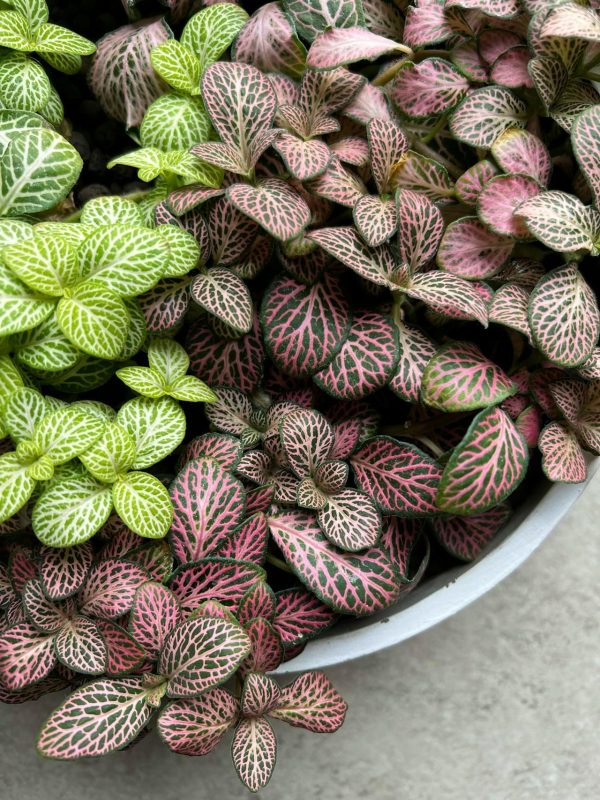
The Nerve Plant is nicknamed for its striking leaf patterns, which feature contrasting veins against a vibrant green background. This small plant does well in indirect light and adds a pop of color to low-light areas. It loves humidity, so keeping it in a warm, moist environment will help it thrive and display its unique attributes.
Fiddle Leaf Fig (Ficus lyrata)
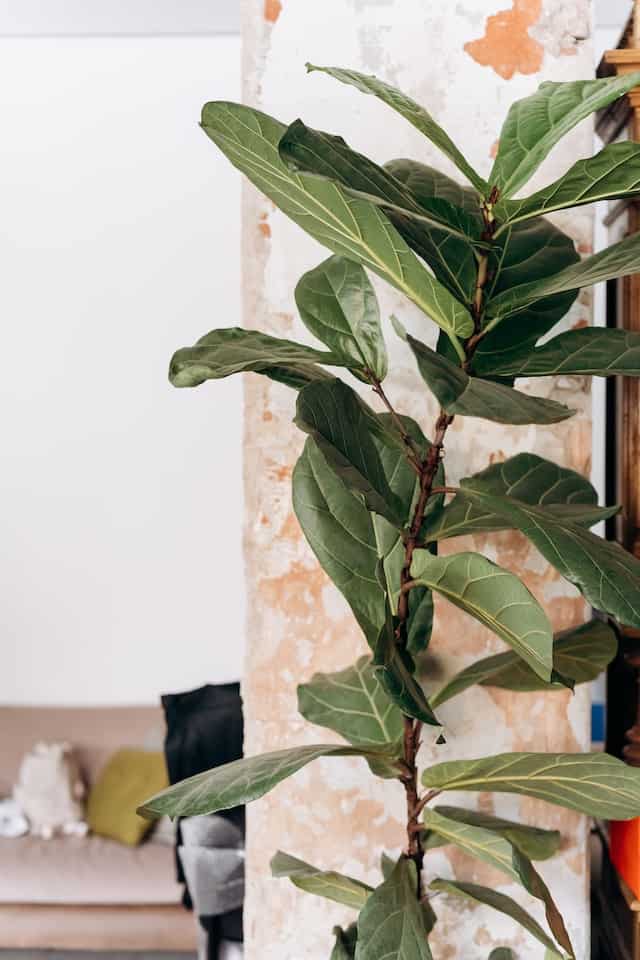
Although Fiddle Leaf Figs typically prefer bright light, they can adapt to lower light conditions if sufficient moisture is maintained in the soil. Their large, leathery leaves can create a bold statement in your home, particularly in dark corners. Just be mindful of watering; these plants prefer to dry out slightly before the next drink.
Silver Satin Pothos (Scindapsus pictus)
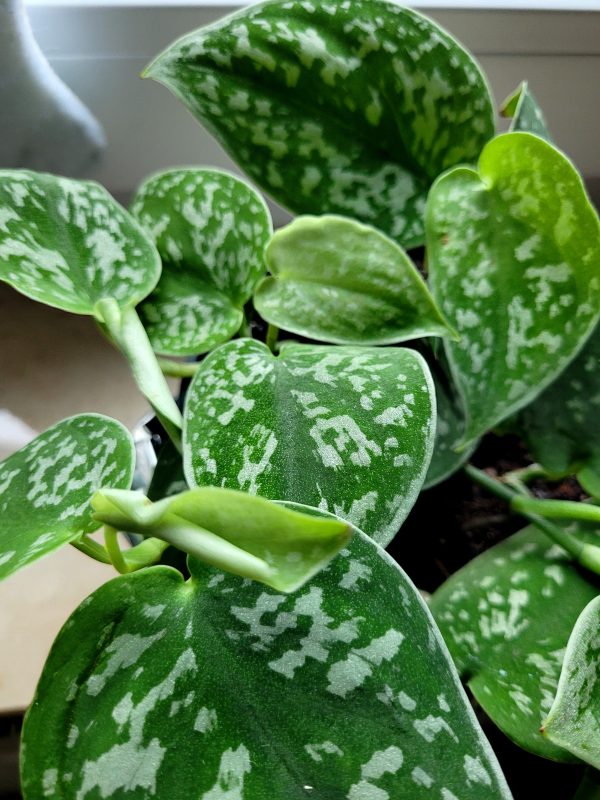
The Silver Satin Pothos is an attractive variety with silvery markings that catch the light beautifully, making it a stunning choice for shadowy spaces. Like its cousin, standard Pothos, it is a hardy plant that requires minimal care and can adapt to low-light conditions, allowing it to flourish where many others might struggle.
Conclusion
Transforming dark corners into vibrant green spaces is achievable with the right shade-tolerant indoor plants. Each of the twenty plants mentioned brings unique characteristics, beauty, and ease of care that can enhance your home while thriving in low-light conditions.
By incorporating these plants into your decor, you not only improve the aesthetic appeal of your home but also create a healthier living environment. Whether you prefer the rich textures of ferns or the striking leaves of rubber plants, these selections cater to various tastes and styles, ensuring you’ll find the perfect fit for your space.
Don’t shy away from those shadows; embrace them with the lushness and vitality these plants offer! Your indoor corners can become cozy retreats through the addition of these shade-loving beauties, making your home more inviting and vibrant.


